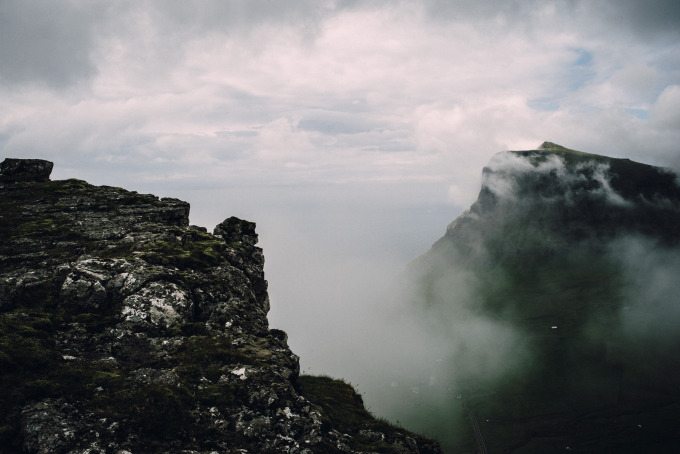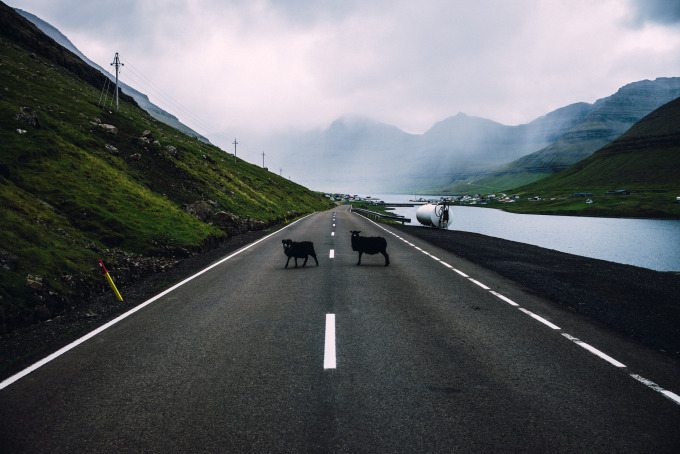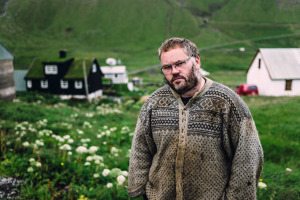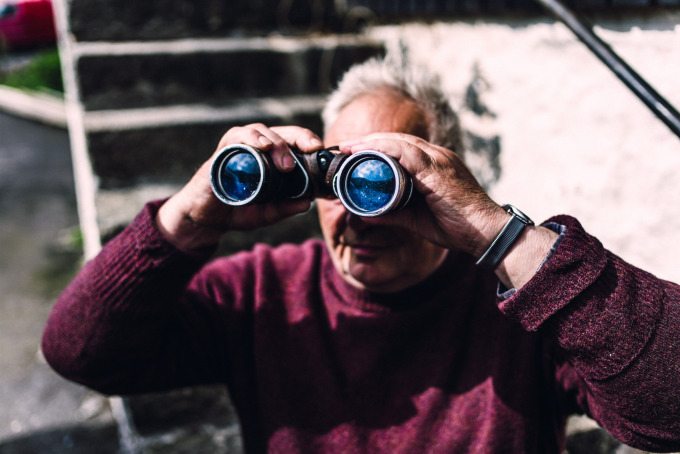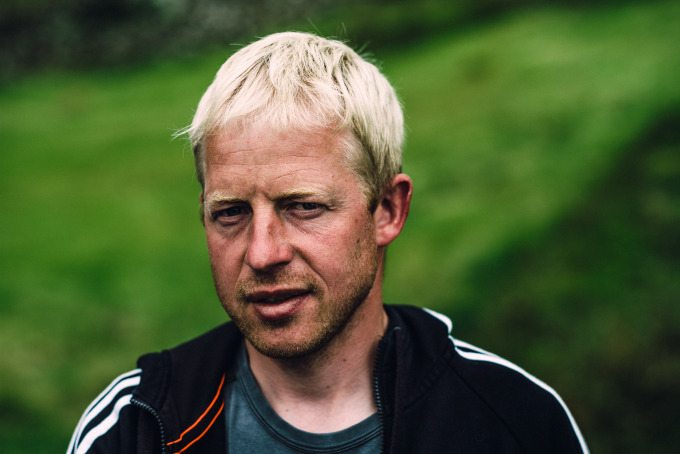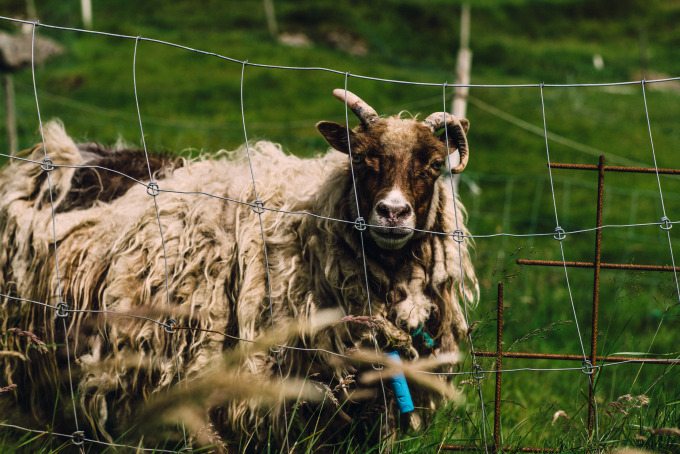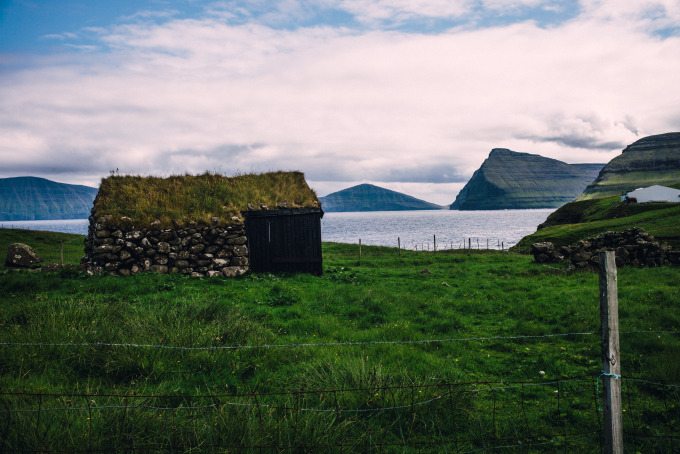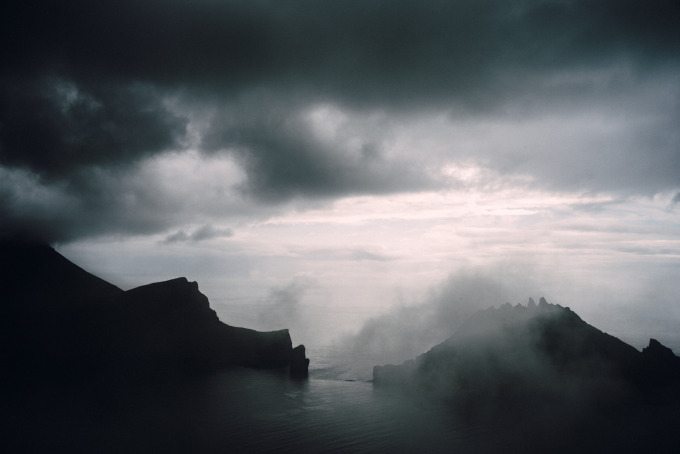Last Updated on 10/22/2014 by Chris Gampat
All images by Daniel Zvereff. Used with permission.
Photographer Daniel Zvereff was featured last year on the Phoblographer for his Introspective project. During that time Mr. Zvereff was on a tour of self-discovery that we’re sure many photographers and artists take. Interestingly, the project used Kodak Aerochrome to turn greens in his images into purples. Since then, Daniel has completed a number of other personal projects: with one of our favorites being his journey to the island of Faroe. Faroe is an island where there are quite literally more sheep than people.
Beginning a documentary project like this takes planning and lots of thought. So we chatted with Dan about what it’s like to be a documentary photographer and the Faroe project.
Phoblographer: What attracted you to the Faroe project to begin with?
Dan: My attraction to the Faroe Islands is similar to my attraction of any arctic or subarctic region. These places typically have a culture defined by a very small population of very tight knit communities, surrounded by harsh weather. It creates people that are physically striking on the exterior, and warming on the interior. For example: The indigenous Inuit people of Greenland have a very Asian features whereas Faroese people are descendants of Vikings–the complete opposite.
Phoblographer: What type of preparations did you make and how did you budget for the project?
Dan: I spent quite a bit of time combing random message boards as the information about the islands is not exactly easy to find for my style of travel. The majority of tourism the islands encounter are Europeans coming on cruise ships with a bus system set up that takes them to a few set tourist attractions before being brought back to the boat a few hours later. I saw roughly 500 Germans tourists transform the tiny capital Tórshavn into a bustling city and in less than five hours it was a ghost town again. Simply put, planning to me was renting a car for the entire duration of my stay. The summer weather conditions are similar or slightly warmer than southern Iceland, I could always sleep in the car if hotels were full. I also did a lot of research on photographers, primarily ones that are located in the Faroe Islands. I think local photographers do the best job capturing the beauty and soul of a country.
In regards to budget, everywhere in the Arctic is extremely expensive. I once inadvertently paid $40 for a Danish beer in Greenland, before I realized the conversion to US dollars. The Faroe islands are not as expensive as Greenland, but certainly more than Iceland. I had to limit myself to just a few days, with locations planned out on a map, and a car for myself. Being on your own time is crucial, as a photographer you are always chasing light, and can’t be bothered with a bus schedule.
Phoblographer: How long did you spend working on it?
Dan: I spent six days in the Faroe Islands. Originally the plan was five days until birds flew into the propellers of the only Atlantic Airways plane that flew back to Iceland. It put me there one extra day, the best pictures were taken on that extra day.
“I once inadvertently paid $40 for a Danish beer in Greenland, before I realized the conversion to US dollars…I had to limit myself to just a few days, with locations planned out on a map, and a car for myself. Being on your own time is crucial, as a photographer you are always chasing light, and can’t be bothered with a bus schedule.”
Phoblographer: How did you go about gaining the trust of the people you interacted with and photographed?
Dan: A person alone unaffiliated with a large mass of tourists is quite uncommon from my understanding. The locals are used to us arriving in swarms, and generally make room in their little towns during specific times that buses do come. For that reason my arrival was always unexpected and this sometimes sparked curiosity. The blonde man I photographed approached me, and gave me a short story of his life. He explained his work installing and maintaining the grass terra roofs that are so common on the houses there.
Phoblographer: There are more sheep than people on the island. How did that play into how the project panned out and evolved over time?
Dan: I had more interaction with sheep than humans on that trip. I spent a lot of time walking the little paths they created all over the hillsides and cliffs. In a way you could argue my photographs are the Faroe Islands from a sheeps perspective. Maybe that should be the name of the series.
Phoblographer: Tell us about the gear that you’ve used.
Dan: I used a digital Leica M with a 35mm lens, and a 75mm lens. I also brought with me a Rolleiflex 2.8F to shoot a certain slide film. Although those are part of an unreleased long term landscape project I have been working on.
Phoblographer: You’re known for doing awesome, long documentary and landscape projects. What attracts you to the art form and genre?
Dan: I love doing it more than anything. To begin with an idea, pursue it with passion, and produce something tangible; That to me is one of the true joys of being a human in this universe.
“In a way you could argue my photographs are the Faroe Islands from a sheeps perspective.”
Phoblographer: Tell us about some of the scarier moments that you’ve experienced as a documentary photographer and how you dealt with them.
Dan: I have traveled to quite a few places with a reputation for lawlessness or danger, but to be honest every situation calls for different action,s and I’ve certainly been in some very close calls. What I have learned over the years is that a good start to remedy or avoid a lot of dangerous scenarios is by remaining calm and being aware of one’s environment.
Phoblographer: What attracts you to the subject matter that you typically go after as a documentary photographer?
Dan: Randomness and things unexpected or under explored. Being a photographer is a great excuse to dive into something and learn about it.
“To begin with an idea, pursue it with passion, and produce something tangible; That to me is one of the true joys of being a human in this universe.”
Phoblographer: What’s the end game with all this stuff? Are you trying to create books? Your site features many stories as it is.
Dan: I started doing all of this when I was 20 years old organically without intention. Since then Ive had a lot of incredible experiences and opportunities to live what has thus far been an outstanding life. My end game is to evolve, learn about the world, and get better at my craft. I would love to make a book someday.


